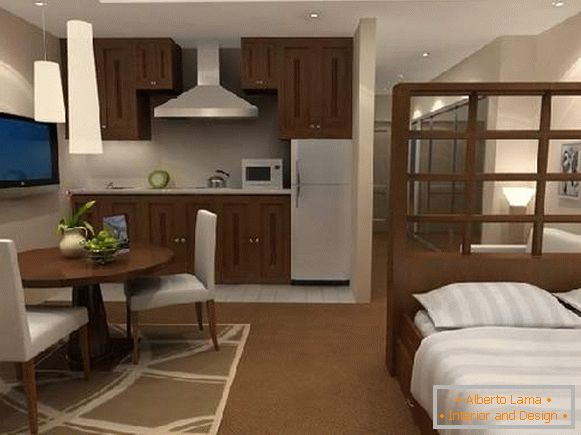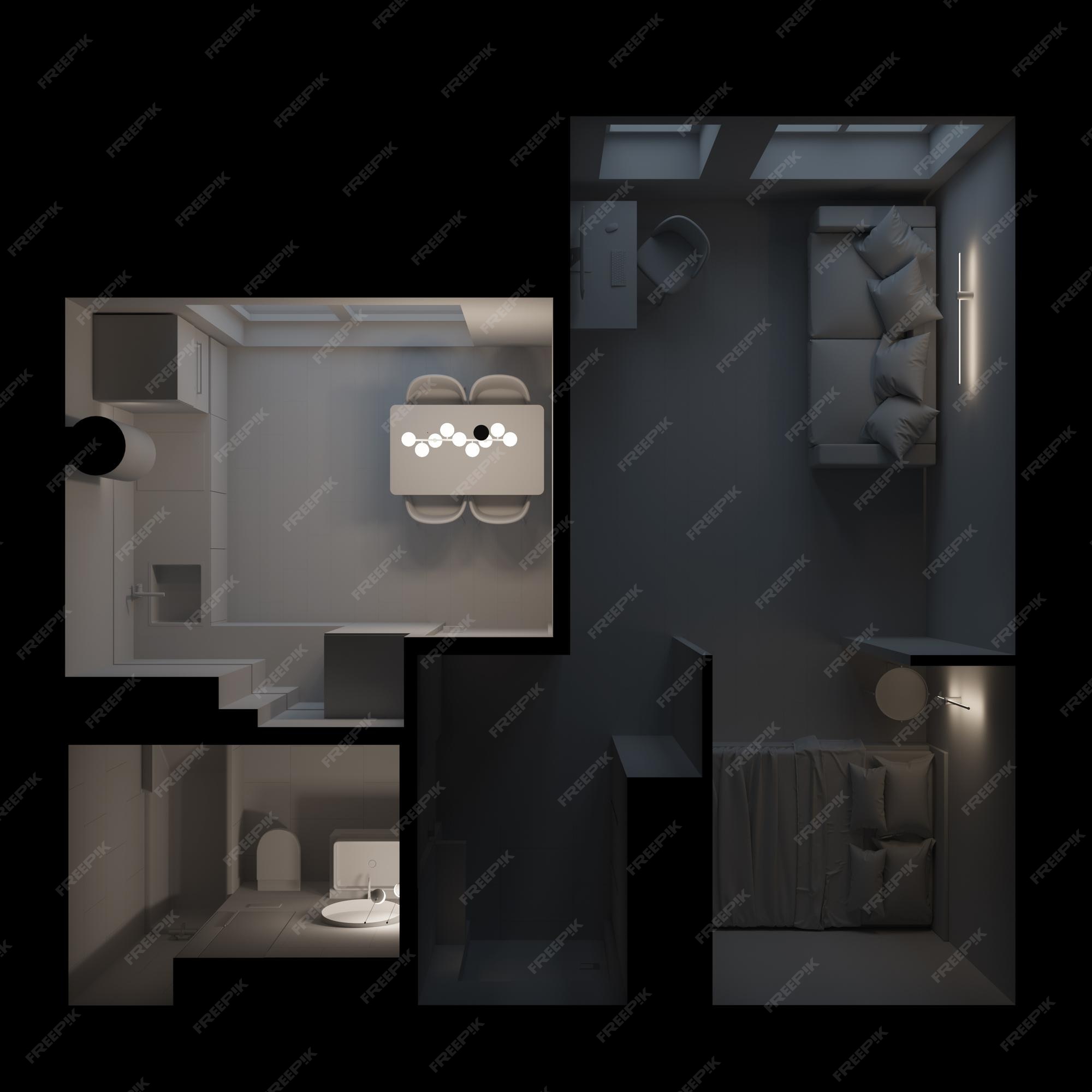Small Apartment Zoning: A Solution to the Housing Crisis

As cities around the world grapple with a growing housing crisis, zoning regulations that restrict the construction of small apartments are coming under scrutiny. These regulations, often enacted decades ago, have contributed to a shortage of affordable housing and made it difficult for people to find homes in desirable urban areas.

The Problem with Zoning Restrictions

Zoning regulations typically divide cities into different districts, each with its own set of rules governing the types of buildings that can be constructed. In many cities, single-family homes are the only permitted use in certain districts, while apartments are only allowed in high-density areas. This has led to a shortage of small apartments, which are typically more affordable than larger units.

The lack of small apartments has a number of negative consequences. First, it makes it difficult for people to find affordable housing in desirable urban areas. Second, it contributes to gentrification, as wealthier residents move into neighborhoods that were once affordable for lower-income families. Third, it exacerbates the housing crisis, as the demand for housing outstrips the supply.

The Benefits of Small Apartment Zoning

Small apartment zoning can help to address the housing crisis by increasing the supply of affordable housing. By allowing small apartments to be built in a wider range of districts, cities can make it easier for people to find homes in desirable areas.

In addition to increasing the supply of affordable housing, small apartment zoning can also help to promote diversity and vitality in neighborhoods. Small apartments are often more affordable for younger people, families, and seniors, who may not be able to afford larger units. By allowing these groups to live in a wider range of neighborhoods, cities can create more vibrant and inclusive communities.

Examples of Successful Small Apartment Zoning

A number of cities have successfully implemented small apartment zoning. In Vancouver, Canada, for example, the city has allowed small apartments to be built in a wider range of districts, including single-family home neighborhoods. This has helped to increase the supply of affordable housing and has made it easier for people to find homes in desirable areas.

In Seattle, Washington, the city has implemented a "missing middle" zoning code that allows for the construction of small apartments in neighborhoods that were previously zoned for single-family homes. This has helped to increase the supply of affordable housing and has made it easier for people to find homes in desirable areas.

Conclusion

Small apartment zoning is a promising solution to the housing crisis. By increasing the supply of affordable housing, promoting diversity and vitality in neighborhoods, and making it easier for people to find homes in desirable areas, small apartment zoning can help to create more livable and equitable cities.





















